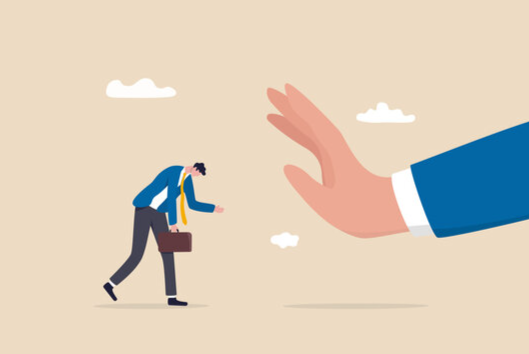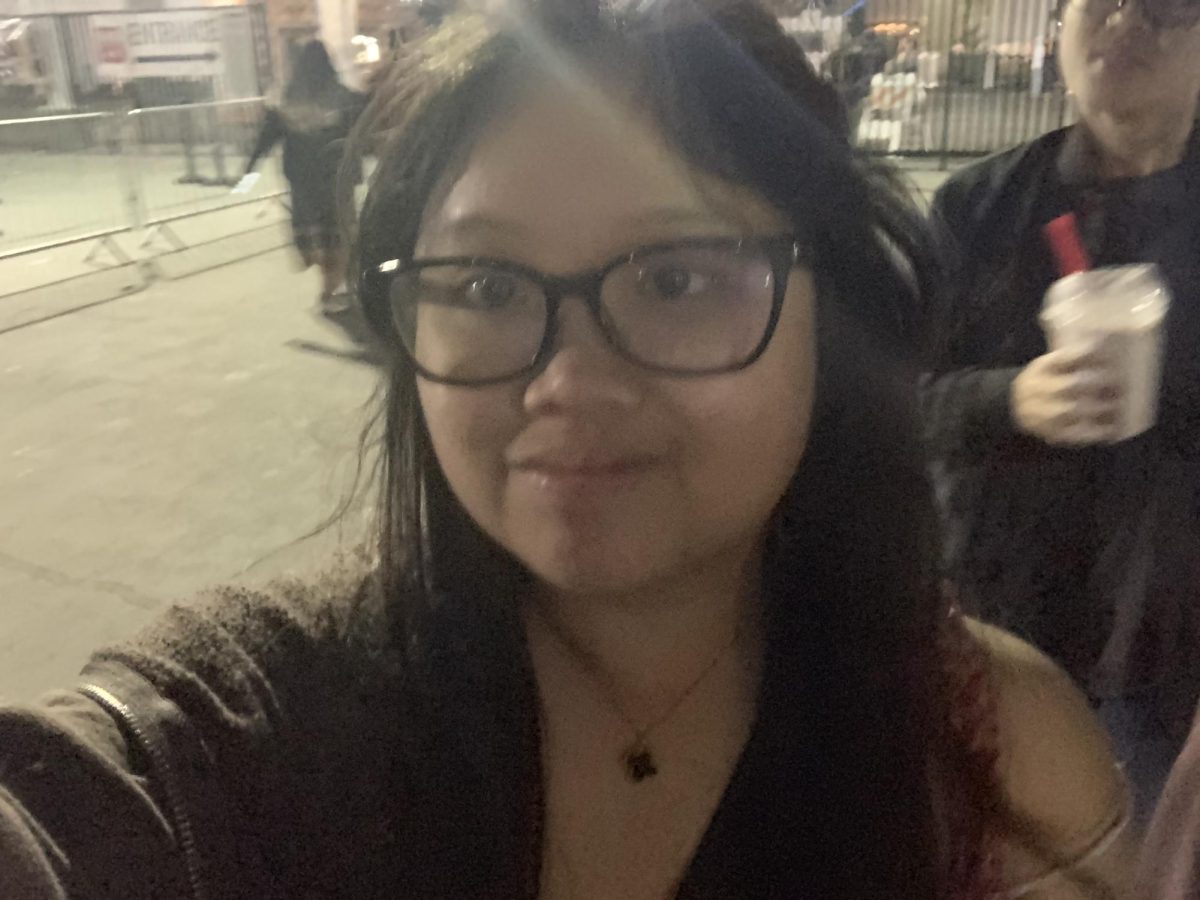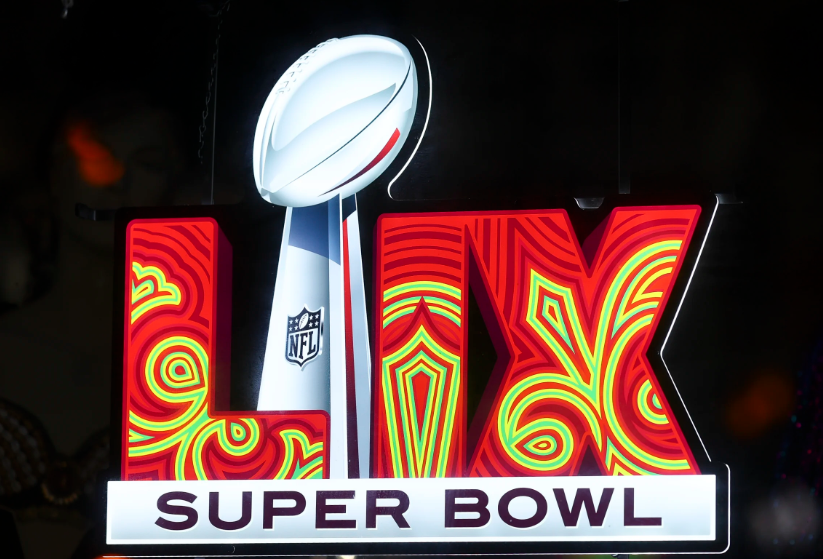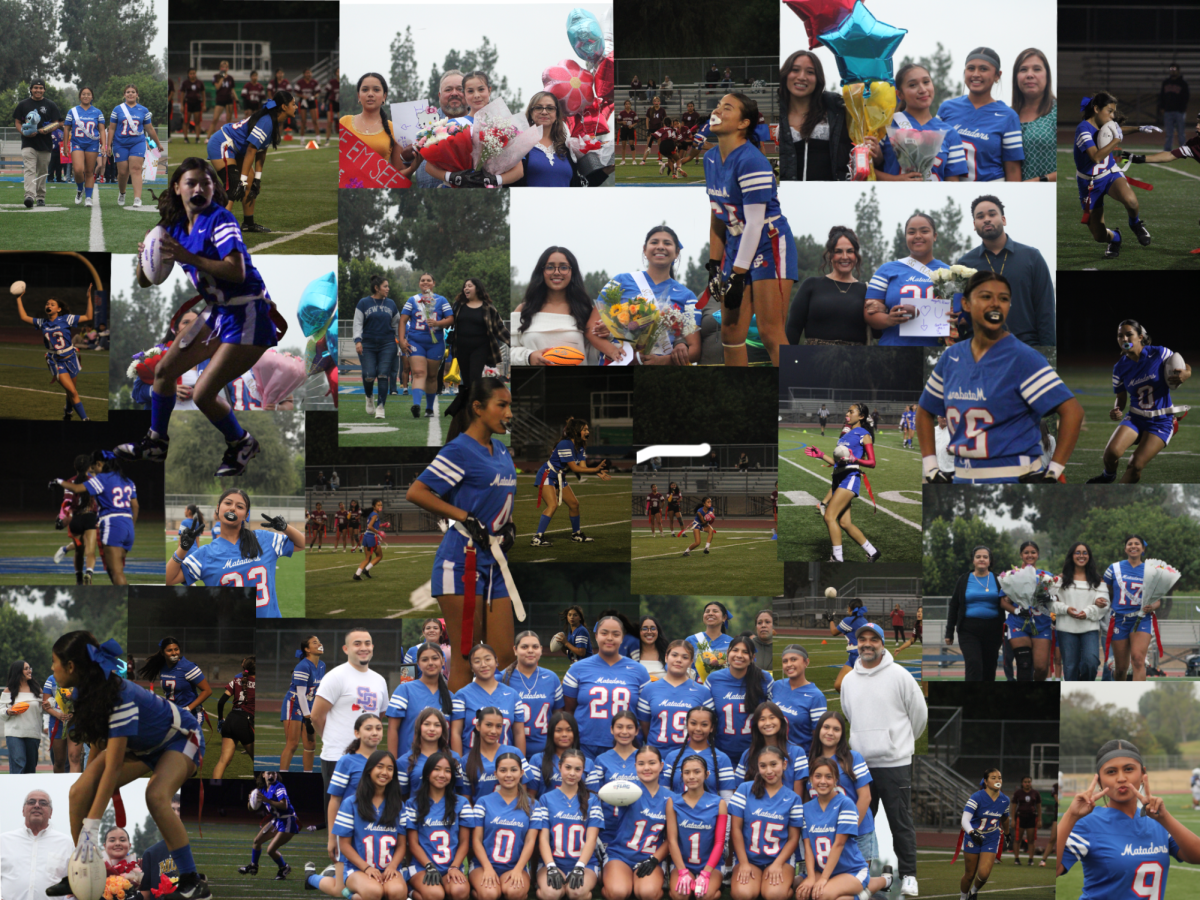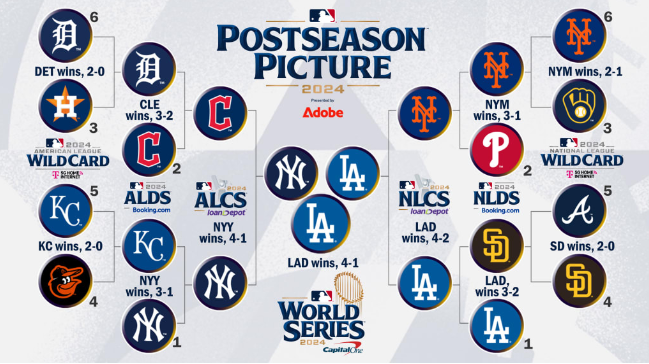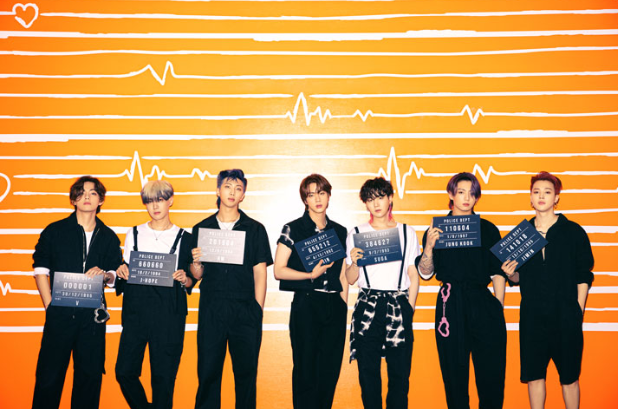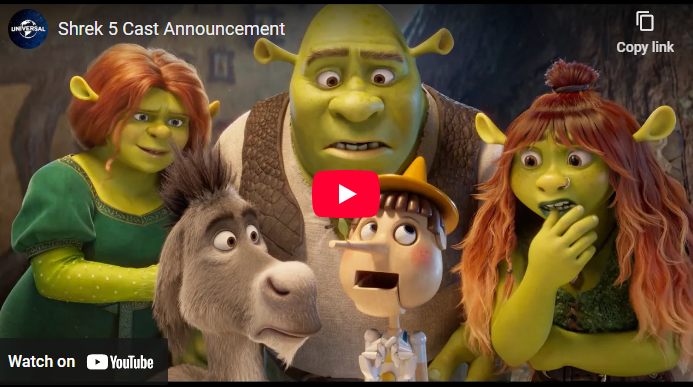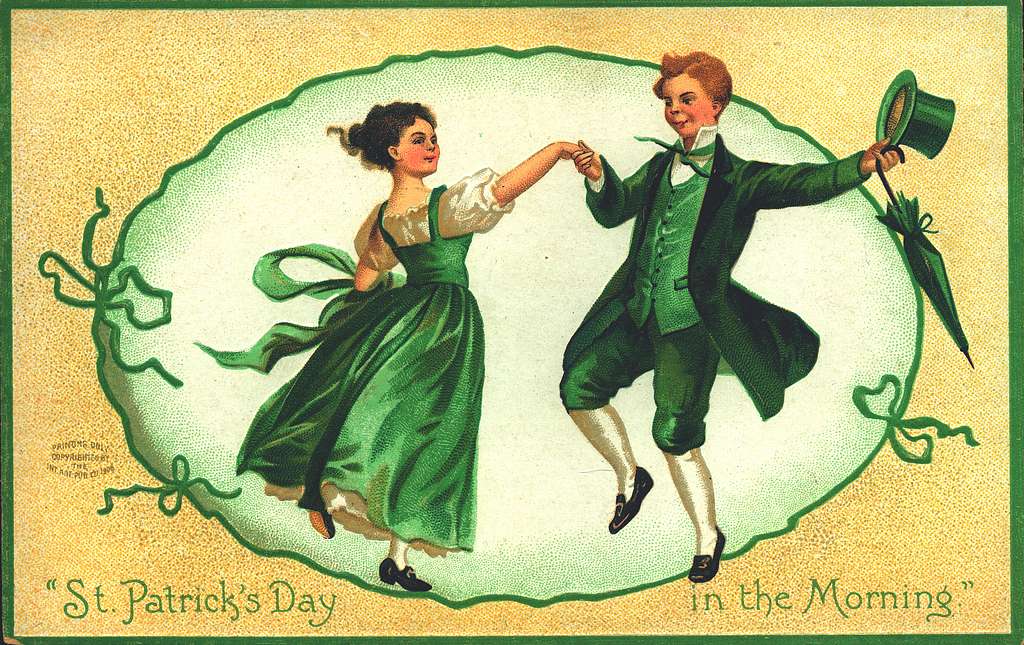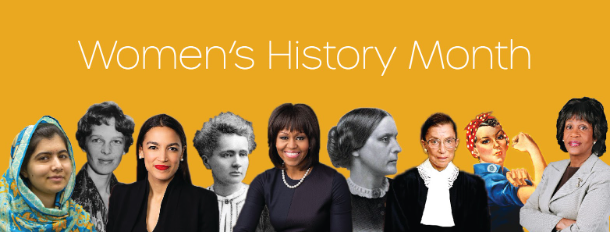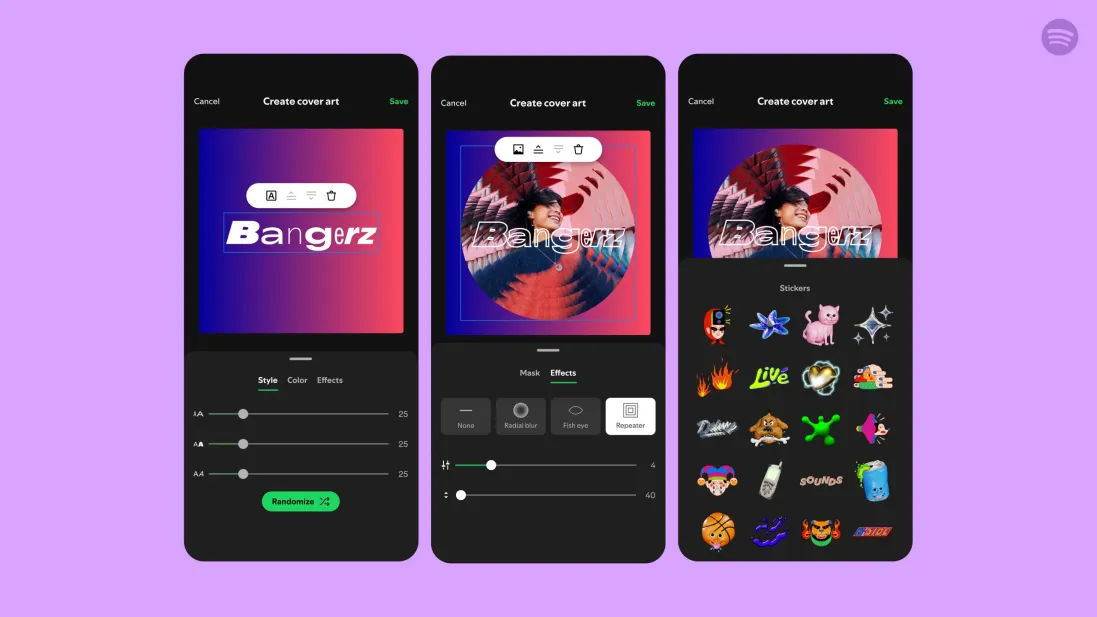Each year, Black Friday as a holiday dies more and more. Before, some individuals would spend their Thanksgiving in a line waiting, possibly ready to fight someone for a flat-screen TV with a major discount–normally 70-80% off. Black Friday used to be a day-long holiday where shoppers would spend hours camping at the entrances of stores for the promise of major discounts.
However, as online shopping became more popular for its convenience, many individuals started to opt out of waiting in lines and save time. The COVID-19 pandemic further encouraged online shopping, as people were recommended to stay inside, lowering the urge to shop in person while also increasing prices.
Now, stores give out multiple deals throughout the month, or even year, both online and in stores, making Black Friday significantly less special. Most deals vary from 20% to 30%, where shoppers are left to assume whether or not they are going to get a higher percentage later. Some stores even start their Black Friday deals as early as October marketed as “The Best Price”. It is also common to see stores artificially inflate their prices just to lower them back down during Black Friday for their Black Friday deals. Companies know that consumers will see a marked-down price and buy as long as the item is in demand. Before Black Friday rolls around, a lot of the desirable stuff will already be sold out.
In the end, Black Friday is not the same holiday anymore. If businesses can have their huge yearly sale earlier, they have no reason to limit their sales to Black Friday. Buy what you want to buy on Black Friday, whether it be an impulse purchase or something you have been wanting for a while. However, note that you should buy something as long as you have 30 days of free returns, since you can always ask for a refund of the price difference.You can also simply return the item if it is cheaper on Black Friday or Cyber Monday.

